In the boundaries of project „Watermill valley“, we worked on the theoretical education of the village householders in the area of rural tourism. By the end of the project, 18 of them got a practical assignment: to realize an action of their choice that will contribute to the development of the touristic offer within the available budget on the location of “stream of Kamenica”.
The stream flows out of a limestone rock in a colorful cliff named „Srećkovo Vrelo“, and after about 8 km it flows into the river Nišava.
This clear mountain water was used by the Romans from the ancient Naissus (Niš) thanks to the aquaduct built by Claudius’ VII legion (the remains of it can still be seen. On the foundations of the roman temple, 300m away from the spring, in the middle ages a temple of Saint George was built. The first re-writing and illuminator school was working in the monastery(book decoration). Some of the first books of Niš were written there 1515-1553.On its beginning flow of 100m, the stream makes a large number of cascades, there’s a waterfall that is about 3 meters high, and on the top of it, a unique “waterfall watermill” was built in the 19th century. There are about 8 more watermills from different time lapses downstream that serve as witnesses of the whilom economical strength of our area. Below the waterfall there are a few more springs of clear water with a population of river crayfish. All of this is about 7 km away from the center of the nearby city of Niš.
With the willingness to revive the forgotten past and link a large number of tourist locations, the participants chose to build a panoramic path, symbolically named “The Watermill Path”. They chose a lane that connects the monastery, a stream, springs, the waterfall and the watermill in 80m of length. Thanks to the project, 18 householders gained elementary knowledge in rural tourism. A part of the acquired knowledge was shown by locating and constructing the “watermill path.
The path is now used by a large number of users. Besides the aquaduct and the monastery, the visitors can now see the watermill, waterfall and clear springs that were virtually unapproachable due to overgrowth.

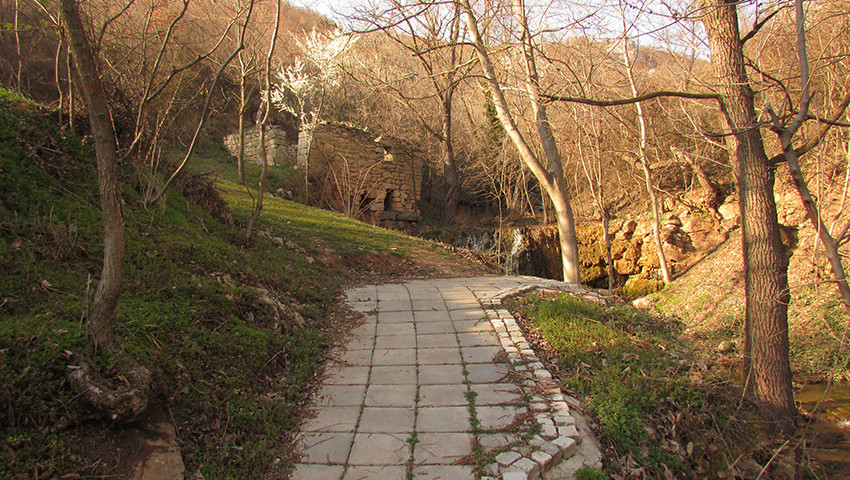
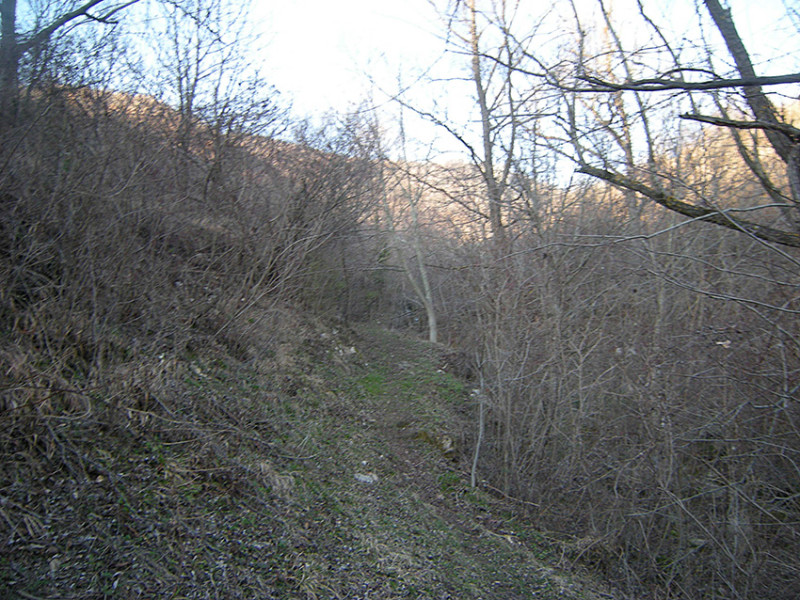
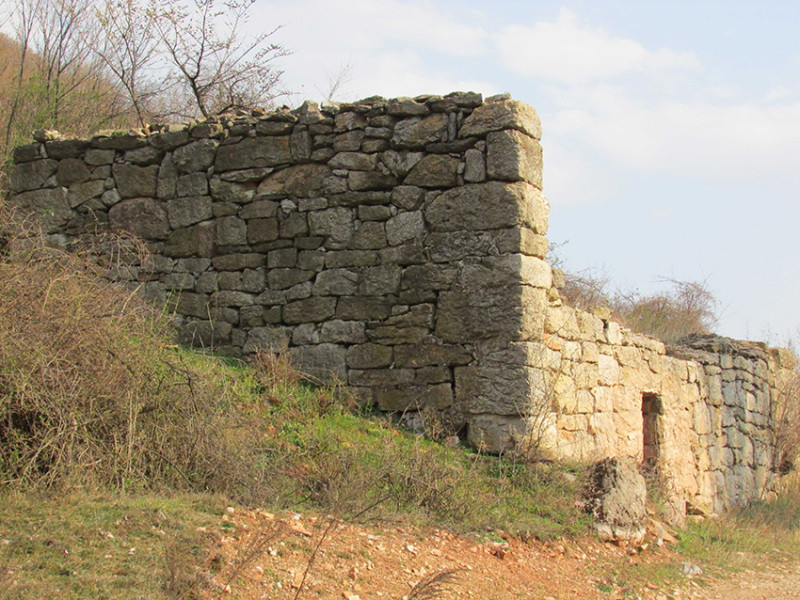
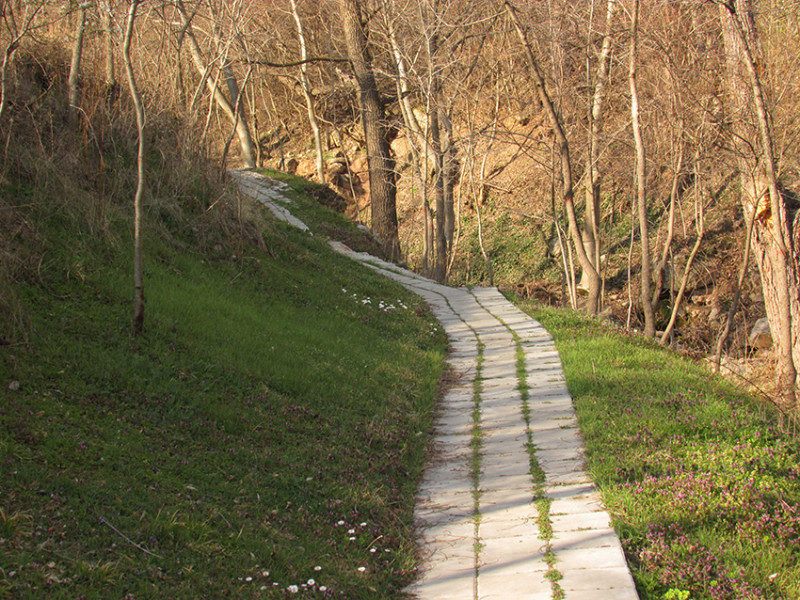
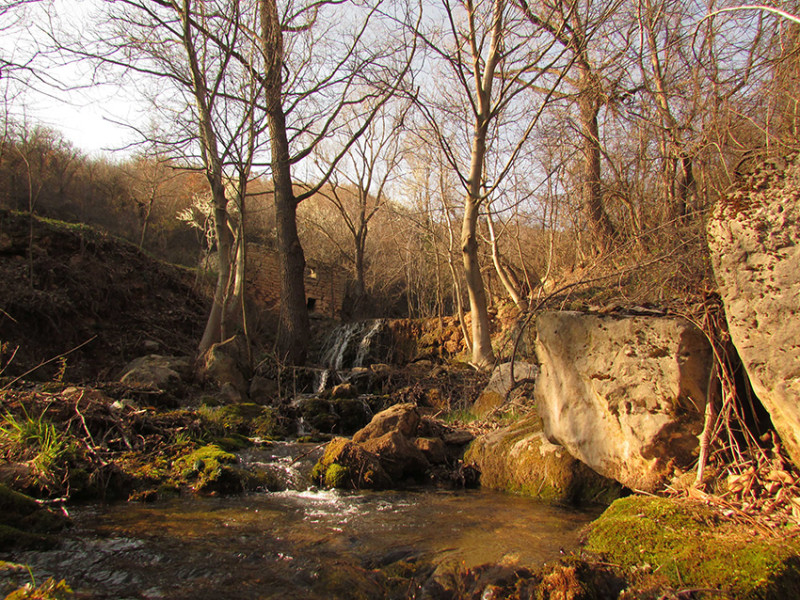
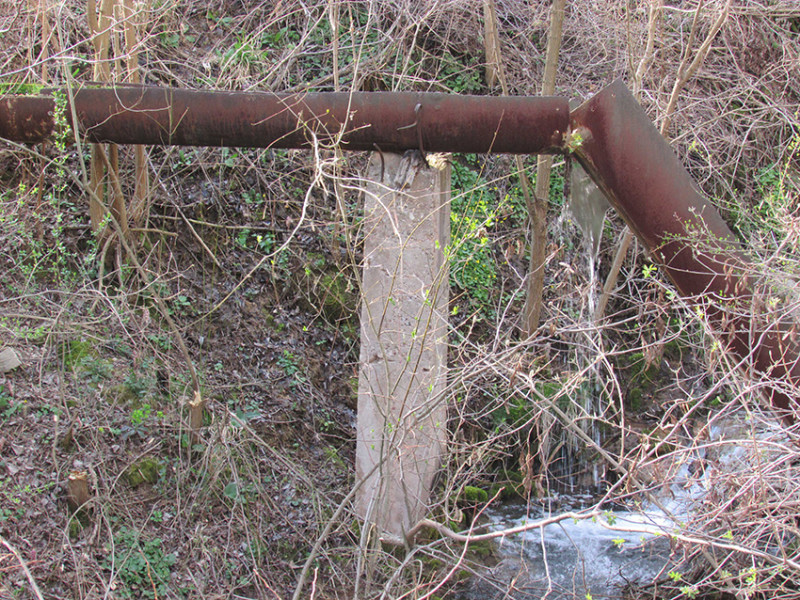
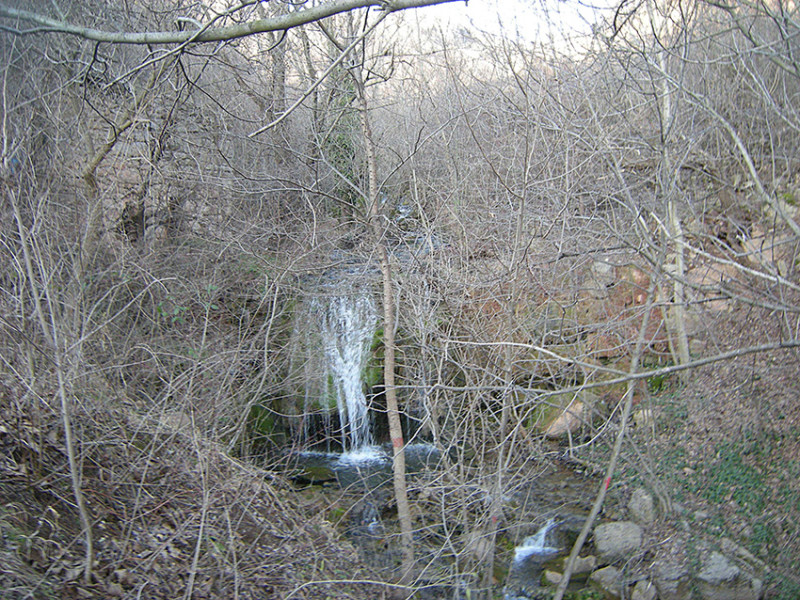
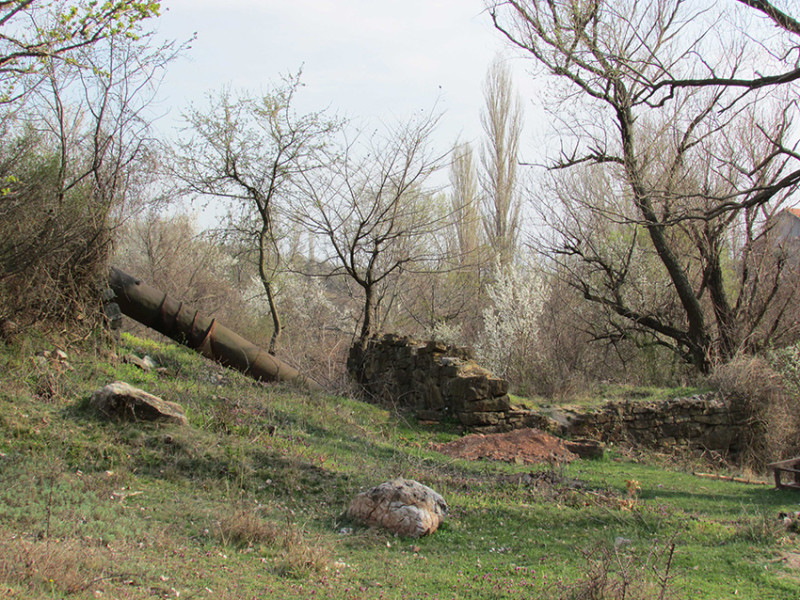
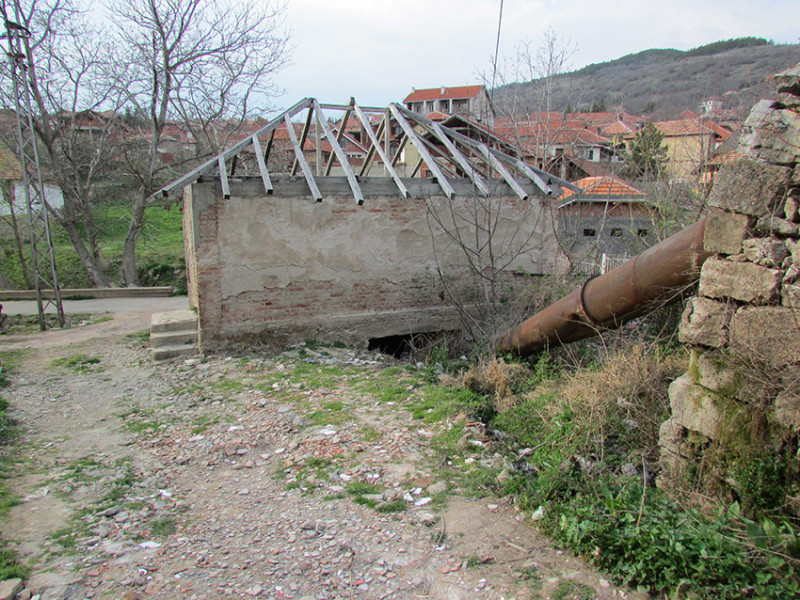
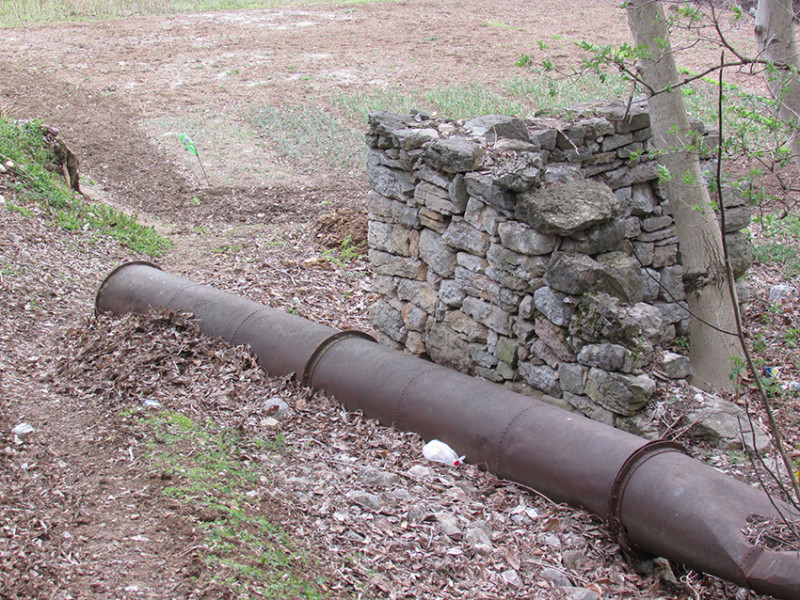
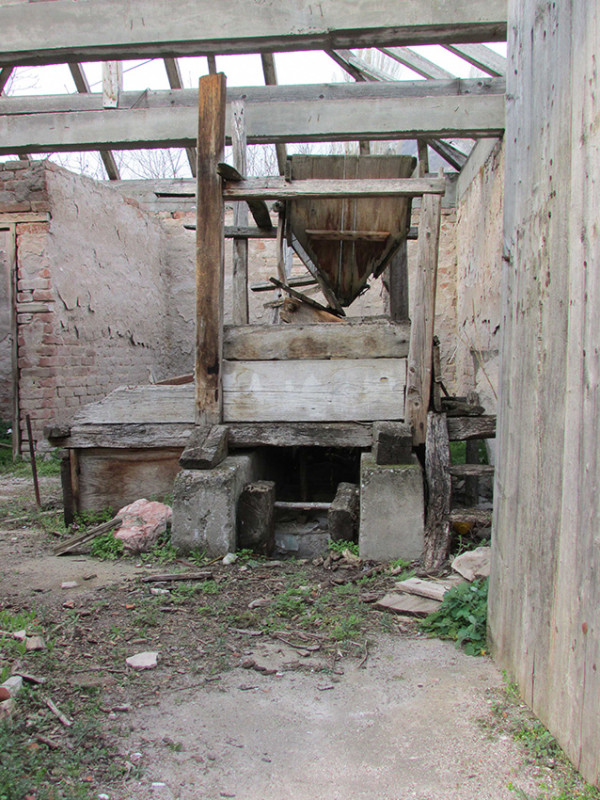
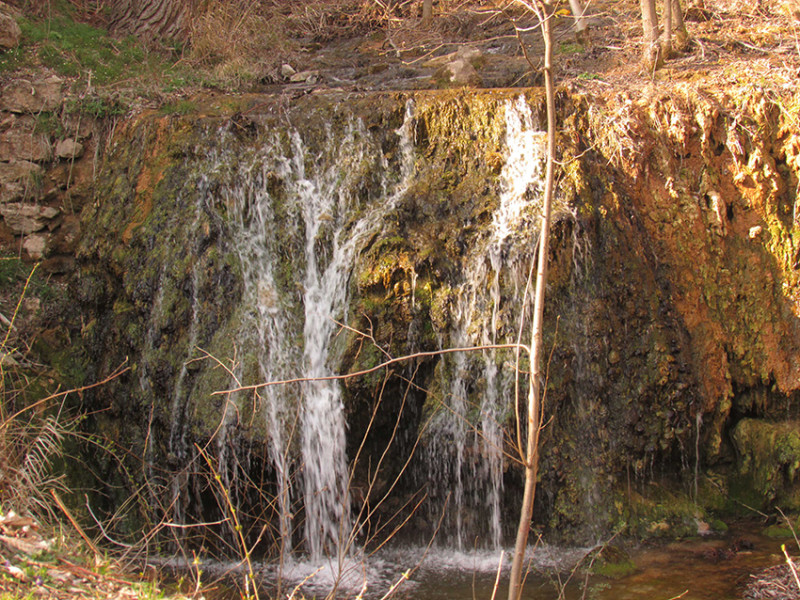
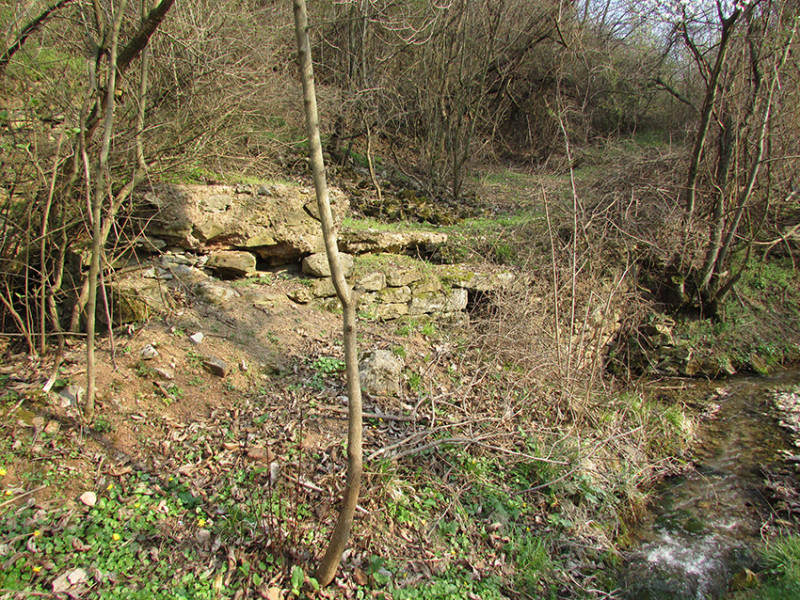
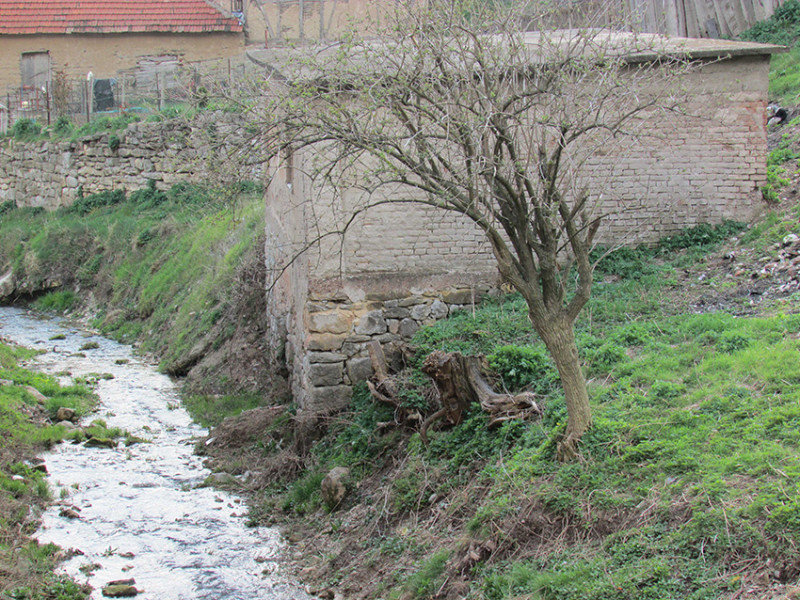
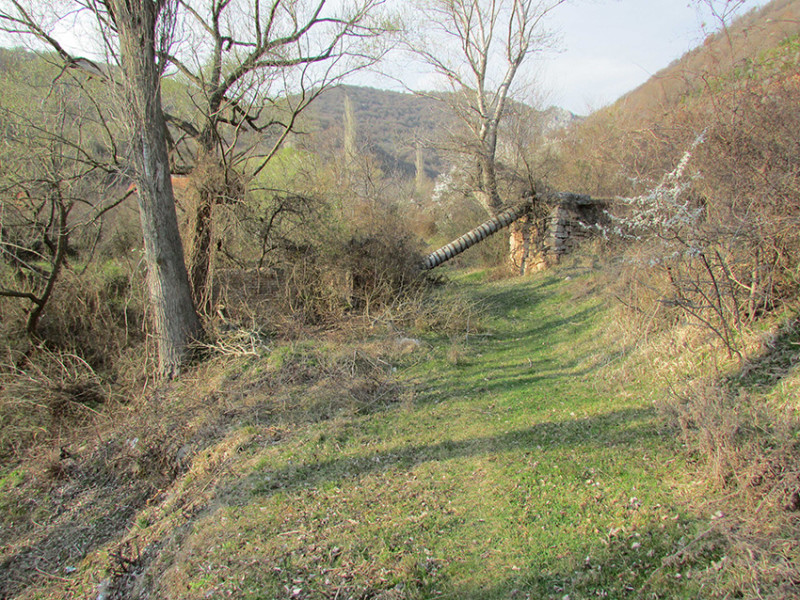



 Srpski
Srpski